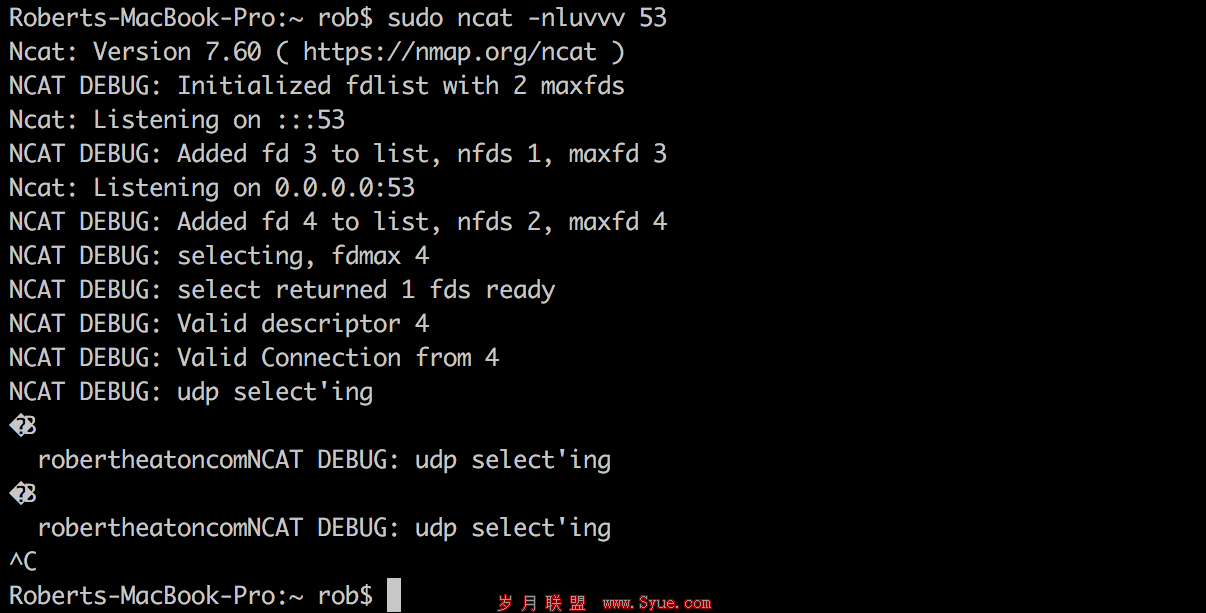如何搭建TCP代理(三)
来源:岁月联盟
时间:2020-03-24
# Ignore packets containing data we aren't interested
# in.
if hasattr(packet, 'qd') and packet.qd is not None:
queried_host = packet.qd.qname[:-1].decode("utf-8")
if queried_host is None:
print("queried_host is None, dropping request")
return
# If the queried_host is one of the domains we want
# to spoof, return the spoof_ip.
if queried_host in spoof_domains:
print("!!!! Spoofing DNS request for %s by %s !!!!"
% (queried_host, ip.src))
resolved_ip = spoof_ip
# Else use dns.resolver to make a real DNS "A record"
# request, and return the result of that.
else:
print("Forwarding DNS request for %s by %s" %
(queried_host, ip.src))
a_records = dns.resolver.query(queried_host, 'A')
resolved_ip = a_records[0].address
# Build the DNS answer
dns_answer = scapy.DNSRR(
rrname=queried_host + ".",
ttl=330,
type="A",
rclass="IN",
rdata=resolved_ip)
# Build the DNS response by constructing the IP
# packet, the UDP "datagram" that goes inside the
# packet, and finally the DNS response that goes
# inside the datagram.
dns_response = /
scapy.IP(src=ip.dst, dst=ip.src) / /
scapy.UDP(
sport=udp.dport,
dport=udp.sport
) / /
scapy.DNS(
id = packet[scapy.DNS].id,
qr = 1,
aa = 0,
rcode = 0,
上一页 [1] [2] [3] [4] 下一页
下一篇:返回列表











